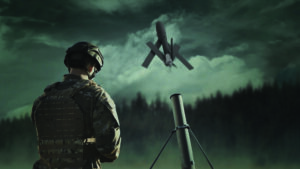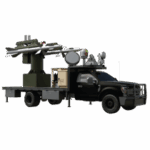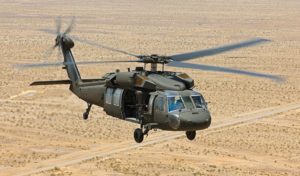
The Pentagon on Monday confirmed AeroVironment’s [AVAV] Switchblade-600 loitering munitions is one of the capabilities selected for mass production under the first tranche of its Replicator initiative to field thousands of attritable autonomous systems by August 2025. “U.S.-supplied Switchblade drones have already demonstrated their utility in Ukraine, and this system will provide additional capability to U.S. forces,” the Pentagon said in a statement. The selection of the Switchblade-600 attack drone was the most specific update the Pentagon provided in its…

 By
By 











